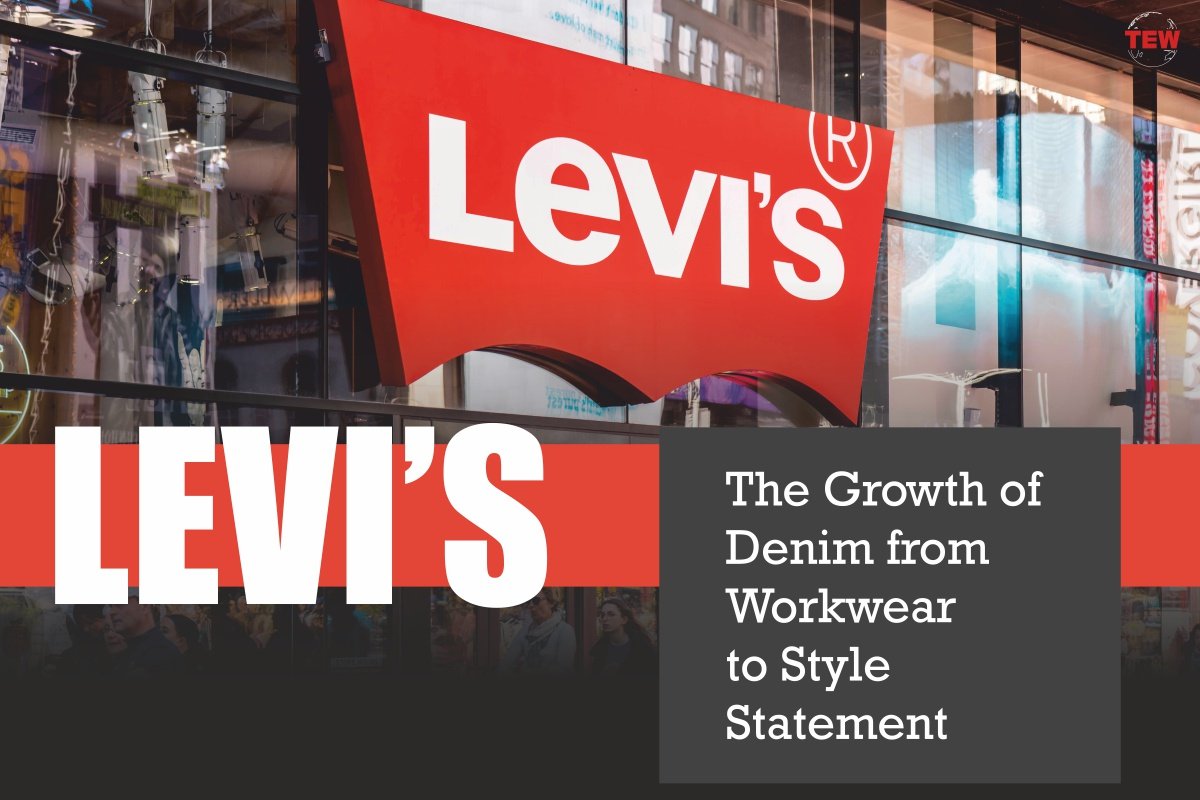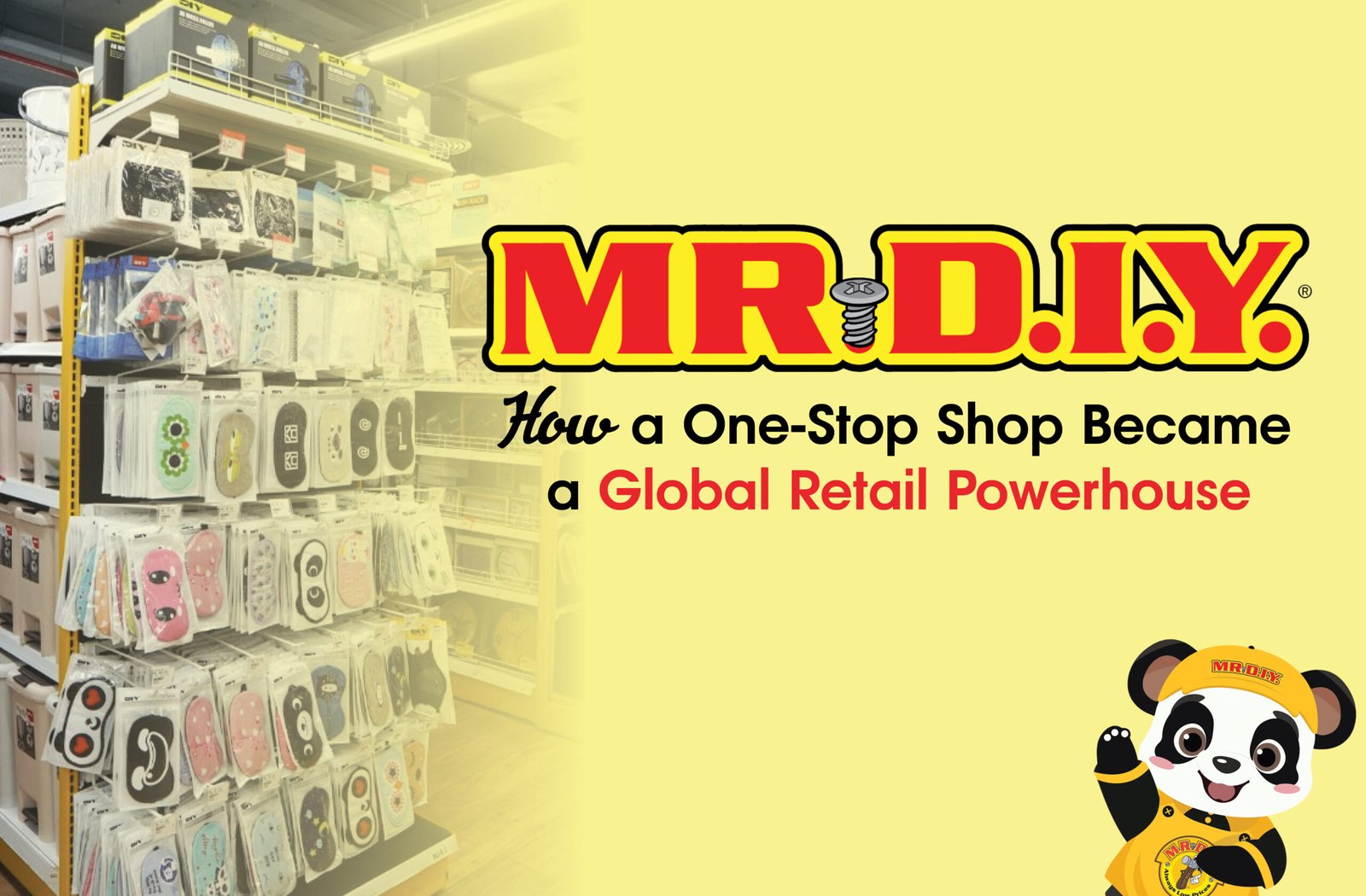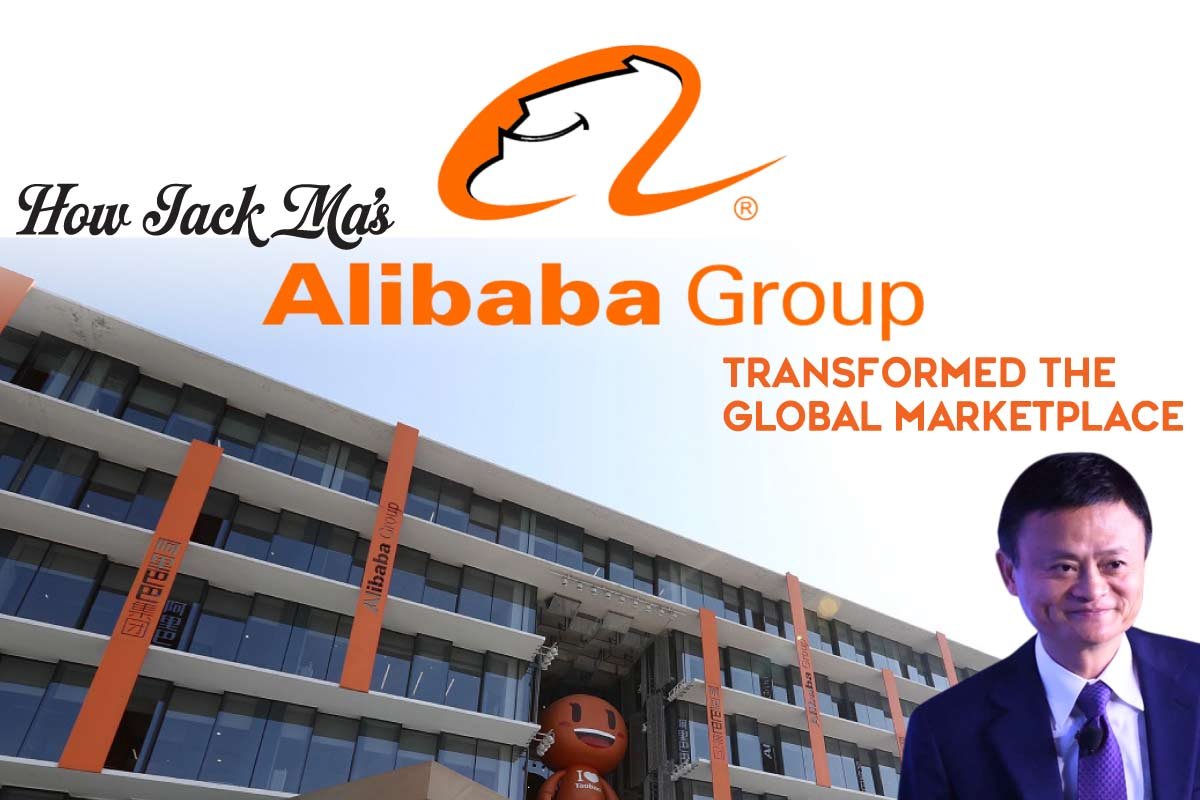Source-CNBC
Jeans in today’s time have become more than a fashion statement. Everyone owns multiple pairs of jeans, be it for fashion or comfort. But have you ever wondered how this everyday essential item became a part of our lives? Levi’s, the brand popular for its denim collection, introduced ‘waist overalls’ that we now call ‘jeans’. In this article, we will learn more about this iconic brand and how it transformed the fashion world throughout history.
History of Levi’s
Levi Strauss & Co. is an American clothing company known worldwide for its Levi’s brand of denim jeans. It was founded by a German-Jewish immigrant, Levi Strauss, and Jacob Davis, a tailor in 1853, in San Francisco, California. Levi Strauss initially emigrated to Gold Rush San Francisco and opened his own dry goods business to serve the small general stores of the American West. The company’s impact grew significantly during the gold rush, and it soon became a prominent name in the industry.

Jacob Davis was a tailor in Reno, Nevada. He used to buy denim cloth from Levi Strauss & Co. One day, a customer asked him to reinforce torn pants, so he came up with the idea of using copper rivets to make the pants stronger. Jacob didn’t have enough money to get a patent for his idea, so he wrote to Levi Strauss, proposing they go into business together.
Levi liked the idea, and they got a patent for it in 1873. They started using the copper rivets in their jeans, and it became very popular. They began making denim overalls in the 1870s. In 1890, the patent for the rivets became public, and they started using numbers to mark their products.
The Two Horse Brand
The Levi’s Two Horse concept is a significant and enduring symbol that has been a part of the brand since 1886. It features a pair of Levi Strauss & Co. waist overalls, the original name for 501 jeans, attached to two horses attempting to pull them apart. The early trademark read, “It’s no use, they can’t be ripped,” visually reinforcing the quality and durability of the pants while being distinctive and unique. This concept was originally called “The Two Horse Brand” until 1928, when the company adopted its Levi’s trademark.

The logo was designed with the understanding that not all consumers spoke English as their first language, and not everyone in the remote West was literate. Hence, it served as a visual identifier that allowed immediate recognition of Levi’s jeans, catering to a diverse consumer base. It was meant to represent the dual vision that the founders intended to convey: the quality and durability of the product and its authenticity.
Is Levi’s Sustainable and Ethical?
Like the brands Zara, and H&M, Levi’s is also a fast fashion brand that has been questioned for its ethical practices. ‘Good on You’ rated it a middle score of “It’s a Start” for its s ustainability efforts. The brand has made some progress in sustainability, particularly in its use of cotton. In 2020, 83% of its cotton came from more sustainable sources, including Better Cotton, organic cotton, and recycled cotton. It has also introduced sustainable materials like TENCEL lyocell, cottonized hemp, and recycled polyester into its collections. Recently, it has updated its sustainability strategy with clear goals to advance its progress and meet stakeholder expectations for environmental, social, and governance commitments and performance.

While Levi’s doesn’t use exotic animal skin, fur, or angora, it does use wool, leather, silk, and down feathers. There are also concerns about the brand’s labor justice and human rights practices. It has not signed onto the International Accord, an agreement that ensures better safety for the workers sewing their jeans. People have also raised concerns about improving the brand’s labor conditions and ensuring equal rights and protections for all workers in the factories where its products are made.
Despite this, the brand is committed to improving its practices, reducing water consumption that goes into production, and adopting more sustainable efforts in the future.
The Iconic 501 Jeans
The most iconic jeans of Levi’s, the 501 jeans, were first released in 1873, making them over 150 years old. The jeans were originally intended to be durable work pants for miners and laborers, but eventually evolved into a fashion staple and a symbol of American heritage.
The 501s are straight-fit, medium-rise jeans with no tapering in the leg. They are known for their comfortable fit and have a classic, timeless appeal. The original fit jeans for men are a cultural icon that holds a special place in American history. Various iconic figures, including miners, rock stars, and actors like Marlon Brando, James Dean, and Elvis Presley, that have contributed to their status as a quintessential American garment have worn it. Despite their long history, the 501 jeans have continued to evolve and remain relevant. People have embraced them for centuries and designers have reinvented them in fresh and relevant ways, solidifying their place in fashion history.
The Levi’s 501 jeans are iconic for several reasons.
- It has undergone several transformations throughout history. From relocating rivets to removing branded buttons and adjusting the design during World War II, the jeans have adapted to changing needs and preferences.
- It’s classic and has a timeless elegance. It can be adapted by everybody without changing to capture trends. Due to this quality, a wide range of individuals can embrace it.
- Levi’s 501 jeans are known for their sturdy construction and democratic fit, making them more than just a sturdy pair of pants.
Marketing Strategies for Success
With a history of over 150 years, Levi’s marketing strategies have changed and adapted to modern times while staying true to its denim heritage. Let’s learn what strategies they have incorporated to mark their name in the fashion industry and make a global name.
1. Embracing Authenticity and Heritage
One of the key marketing strategies of Levi’s has been embracing authenticity and heritage. It has always focused on producing high-quality denim products that can withstand wear and tear. This has helped the brand in building the trust of the consumers. It has also always highlighted its ties to American culture and history. The brand uses classic American symbols like cowboys and horses, and works with famous American artists like Roy Rogers, to show that it is a truly American brand.
2. Staying Relevant
Levi’s constantly evolves its marketing strategies to stay relevant and trendy. It understands its target consumers, knows what they want, and creates marketing campaigns around it. It also collaborates with celebrities and influences to reach the targeted demographic. These partnerships help to give Levi’s jeans a sense of authenticity and credibility. It also has a huge social media presence and utilizes it to stay up-to-date with the latest trends.
3. Cinematic Storytelling
Levi uses cinematic storytelling to connect with its target audience and to build brand awareness. One of the most famous examples of it is the ‘Go Forth’ campaign, which was launched in 2009. The campaign featured a series of short films that told the stories of real people who were living their lives to the fullest. The recent use of cinematic storytelling was the 2021 campaign, ‘The Greatest Story Ever Worn’, that showcased stories of people who had worn Levi’s jeans throughout their lives.
3. Immersive Shopping Experience
Levi brick-and-mortar stores are designed to create immersive shopping experiences. Its stores have interactive displays designed to showcase product versatility or educate shoppers about fit, wash options, or construction techniques. It also has augmented reality (AR) try-on technology in many of its stores.
4. Retail Collaborations
Levis has partnered with several brands and retailers to launch limited edition collections or new products. This helps in creating a sense of exclusivity and excitement around the product. Some of these brands include Supreme, Off-White, and Justin Bieber. These partnerships helped the brand reach a wider audience.
Marketing Revenue
Levi’s net revenue in 2023 was $6.17 billion, a 0.17% increase from 2022 revenue. Over the years, it has seen growth and popularity among the youth and adults. While it has a lot to work towards its sustainable approach, it has made a name in the fashion industry and is synonymous with durability, comfort, and style.


















